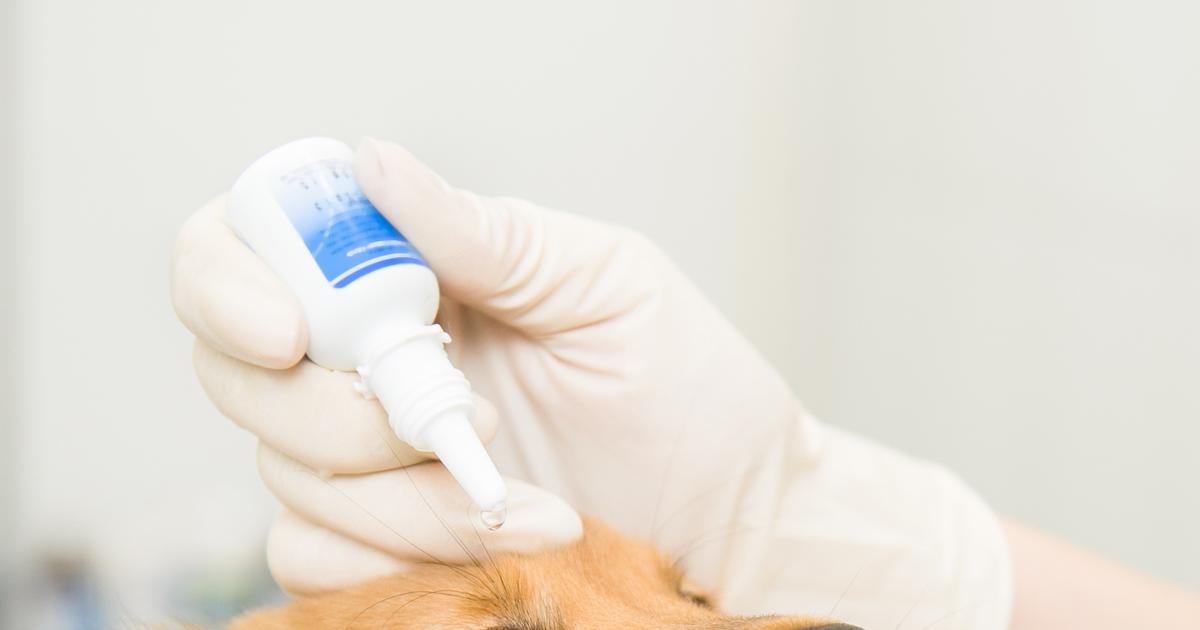Best Flea And Tick Prevention Tips
As temperatures begin to warm, pets will have more time to enjoy the great outdoors. However, the warm weather provides ideal conditions for ticks and fleas. Flea bites do not only irritate skin allergies in pets but can also pass on parasites and diseases, which can be transmitted to humans. Ticks are arachnids that feed on many types of mammals for extended periods. The deer tick is well known as the carrier of Lyme disease, which is one of many diseases passed on to pets and humans by ticks. In the United States, it is the highest vector-borne disease passed to humans.
Get familiar with the best prevention tips for fleas and ticks now.
Topical Preventative Medication

One of the best ways to control fleas and ticks is with topical preventative medication, which comes in both over-the-counter and prescription-strength options. Topical forms include spot-on liquids. Fipronil is a time-release drug that attacks fleas and ticks’ nervous systems. Imidacloprid also kills fleas by disrupting the nervous system. It kills fleas at the larval stage as well as the adult stage. Products containing pyrethroids kill fleas, ticks, and mites but is not approved by the EPA to be used on cats, as pyrethroids are extremely toxic to felines and require caution with use on small dogs. Ask your veterinarian for help deciding which product is best for your pet.
Uncover more tips on preventing fleas and ticks now.
Flea And Tick Combs

The faster fleas and ticks are removed, the lower the chance is for your pet to contract an illness or disease. Flea and tick combs are one of the longest-used methods for removing ticks and fleas. In the past, ordinary hairbrushes were used for location and removal. The teeth in flea and tick combs are close enough to capture fleas and ticks and remove them. These combs are only to be used on a dry coat. Make sure to brush through your pet’s fur with a regular pet hair brush to eliminate tangles. It is best to have a deep bucket of hot soapy water to rinse the comb as you go.
Continue reading to learn more about how to effectively prevent fleas and ticks now.
Tick Collars

Tick collars are specially formulated for use on either cats or dogs and should not be used interchangeably. Tick collars work by either repelling pests or killing them from the active ingredients that treat your pet’s skin. One issue some have experienced with the use of collars is many of them only work in areas close to the neck. However, there are tick collars available to that claim to offer more complete protection, though of course, these options do typically come at a higher price point.
Get more information on how to prevent both ticks and fleas with maximum effectiveness now.
Keep The Lawn Trimmed

Fleas prefer shade and moisture, which makes it a good idea to keep the lawn trimmed to allow for more sunlight to dry things out. Ticks love tall grass, and they also hide in yard waste, old furniture, and trash. To prevent fleas and ticks, pet owners should weep under decks and around patios and be sure to get rid of any straw, leaves, or grass clippings, which hold moisture. Also, consider how fleas and ticks travel into your yard in the first place. Most likely they rode in on the backs of rodents, deer, and other wildlife. Secure trash and garbage bins that might attract flea carrying rodents or small animals. Do all you can to create barriers to discourage wildlife from entering your yard.
Learn more about prevention tips for fleas and ticks now.
Wash Their Bedding Regularly

Although your pet may seem healthy, domestic animals carry bacterial, fungal, and parasitic disease-causing organisms. Wash their bedding regularly. Inside your home, fleas can hide in bedding, clothing, and towels for up to twelve months with no host. To kill fleas, eggs, and larvae, always wash everything with hot water. Be sure to also wash pillows and drapery, as fleas can also hide there. Before washing your pet’s bed soak it thoroughly in hot, soapy water for a minimum of fifteen minutes. It is advisable to wash your pet's bedding once per week or every two weeks. Consider the time your pet spends outdoors, the types of allergies they have, their activity level, and how much they shed. This will help you determine how often washing their bedding is best.







